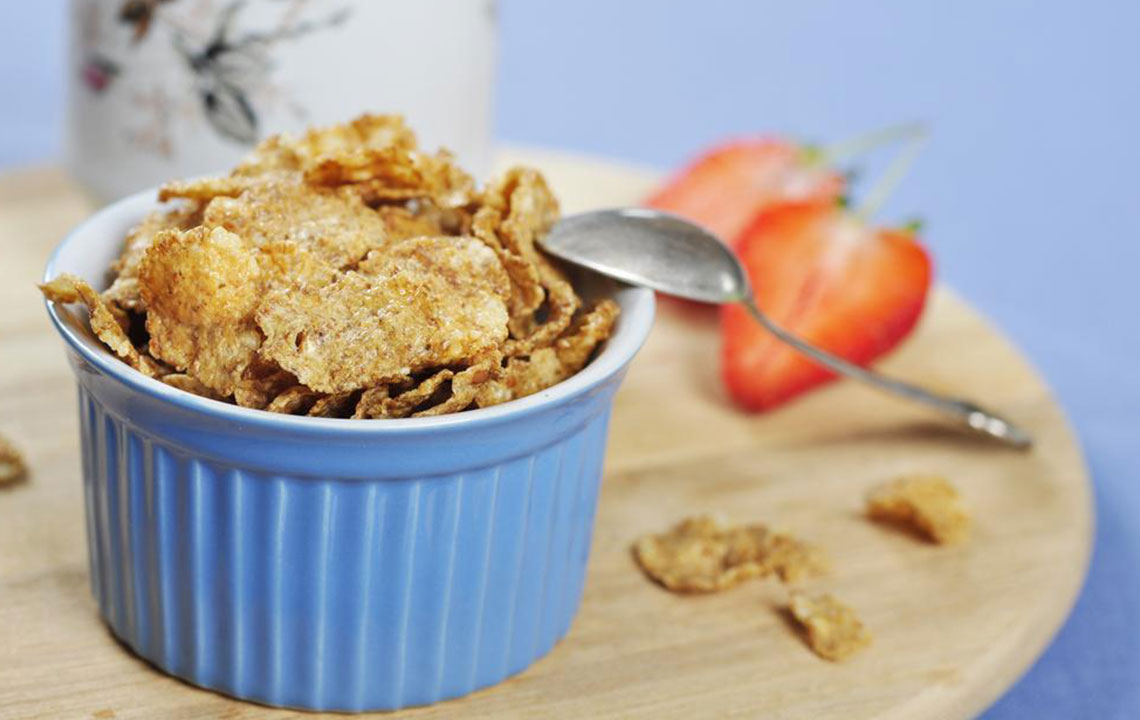Boost Your Health with a High-Fiber Diet
Improve your health by adding more dietary fiber to your meals. This article explores the benefits of fiber, the different types, and provides practical tips on incorporating fiber-rich foods into daily diets. Achieving adequate fiber intake can enhance digestion, reduce disease risks, and support weight management for a healthier lifestyle.

Why Increasing Dietary Fiber Benefits Your Overall Well-Being
Incorporating more fiber into your daily meals is vital for maintaining good health. High-fiber diets support a healthy gut, aid in weight control, promote regular bowel movements, and lower risks of diabetes and heart disease. Unfortunately, many Americans consume only about 16 grams of fiber daily, below the recommended 28 grams. Planning nutritious, fiber-rich meals can be challenging but is essential for long-term health.
Here's practical information on dietary fiber to help you create high-fiber meal plans.
What is dietary fiber? Also known as roughage, fiber is the plant component our digestion cannot break down. It differs from proteins, fats, and carbs because it passes through the digestive system largely unchanged, supporting various bodily functions. There are two main types:
Soluble fiber – Dissolves in water to form a gel-like substance, found in oats, citrus fruits, carrots, beans, apples, peas, psyllium, and barley. It helps regulate blood sugar and reduce cholesterol levels.
Insoluble fiber – Present in whole-wheat products, nuts, beans, wheat bran, and vegetables like cauliflower, green beans, and potatoes. It does not dissolve in water and helps speed up digestion, alleviating constipation.
Advantages of sufficient fiber intake include:
Better digestion – Fiber adds bulk to stool, making bowel movements easier and preventing hemorrhoids. Insoluble fiber especially accelerates digestion.
Cholesterol control – Fiber binds to cholesterol, aiding its removal from the body.
Healthy weight management – High-fiber foods promote fullness, reducing overeating.
Blood sugar stabilization – Fiber slows sugar absorption, helping regulate blood sugar levels.
Cardiovascular health – Increased fiber intake supports heart health.
Prevention of other health issues – A fiber-rich diet helps prevent gallstones and kidney stones.
Fiber-rich foods to include:
Fruits: Avocados, pears, strawberries, apples, raspberries, bananas
Vegetables: Carrots, beets, broccoli, sweet potatoes, artichokes, Brussels sprouts
Legumes: Lentils, kidney beans, chickpeas
Other: Popcorn, almonds, chia seeds, whole wheat pasta, flaxseeds
Sample high-fiber meal ideas:
Spinach, mushroom, and feta crustless quiche
Whole grain pancakes
Vegetable breakfast burritos
Savory Southwestern egg dish
Turkey and cheese melt
Avocado and shrimp salad
Vibrant Southwestern salad
Kale or collard greens mac and cheese
English muffin with peanut butter and chia berry jam
Fig and cheese toasts with salad
Salmon paired with quinoa and Brussels sprouts
Vegetable wrap
Beef and bean chili
Berry smoothie with flax seeds
Vegetable-topped toaster oven pizza


